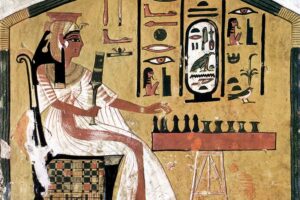People have been using stimulants since the beginning of sports. Already during the ancient Olympic Games some 2,700 years ago, athletes consumed different foods and ingested potions that were supposed to give them an advantage over competitors.
Among the most popular materials were bull testicles. According to the Greek physician Aretaios, bulls were supposed to increase the virility of the athletes, strengthen them and make every man “brave and strong like a wild beast”.
Mushrooms and different herbal “magic concoctions” were also used to increase endurance and raise the pain threshold. According to the Greek writer Philostratos of Lemmos, the doctors of the time were happy to help in the preparation of such remedies.
The substance was banned in 1968
In later times, the use of such materials was few in the 19th century, when large sports games began to establish themselves.
One of the most popular events was a race where the participants had to cover hundreds of kilometers in a few days. Abraham Wood is said to have taken a potion of opium to stay awake in 1807, hoping to finish ahead of his rival.
The first six-day competition on bicycles required a lot of endurance, and the cyclists took nitroglycerin to increase their strength and endurance. Other popular substances were alcohol and the nerve agent strychnine.
The danger of this was really visible when the first competitor died in 1892. Then the 27-year-old cyclist Arthur Linton died suddenly a few months after winning the Paris-Bordeaux bicycle race. The cause was an overdose of the substance ephedrine.
Despite more deaths, the use of such substances was first banned by the International Olympic Committee in 1968.







